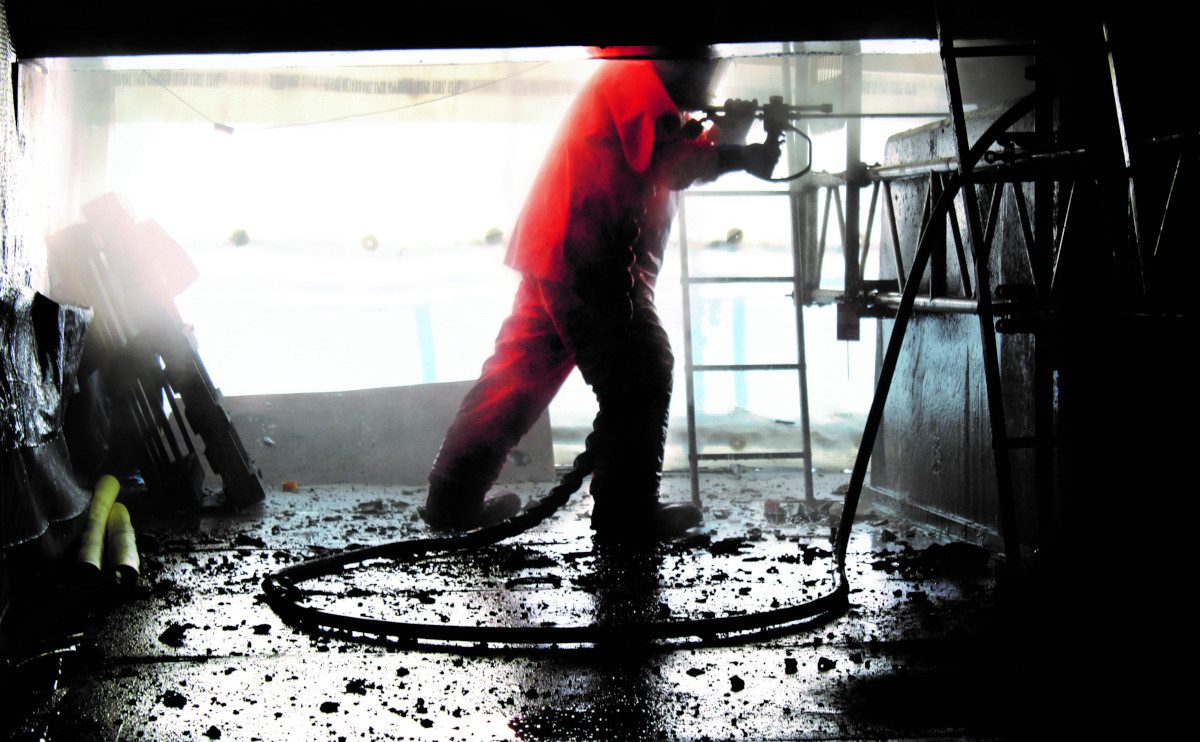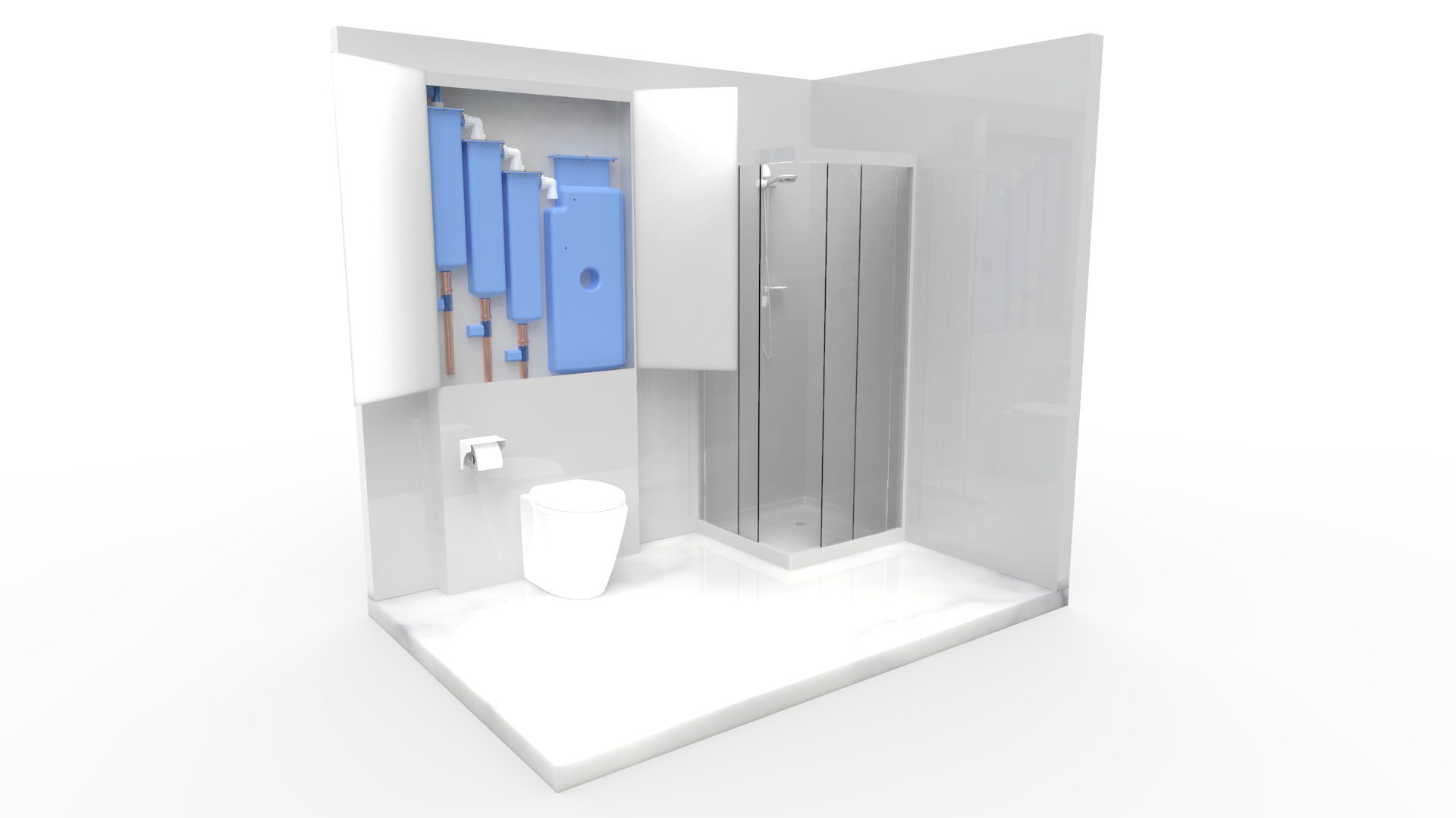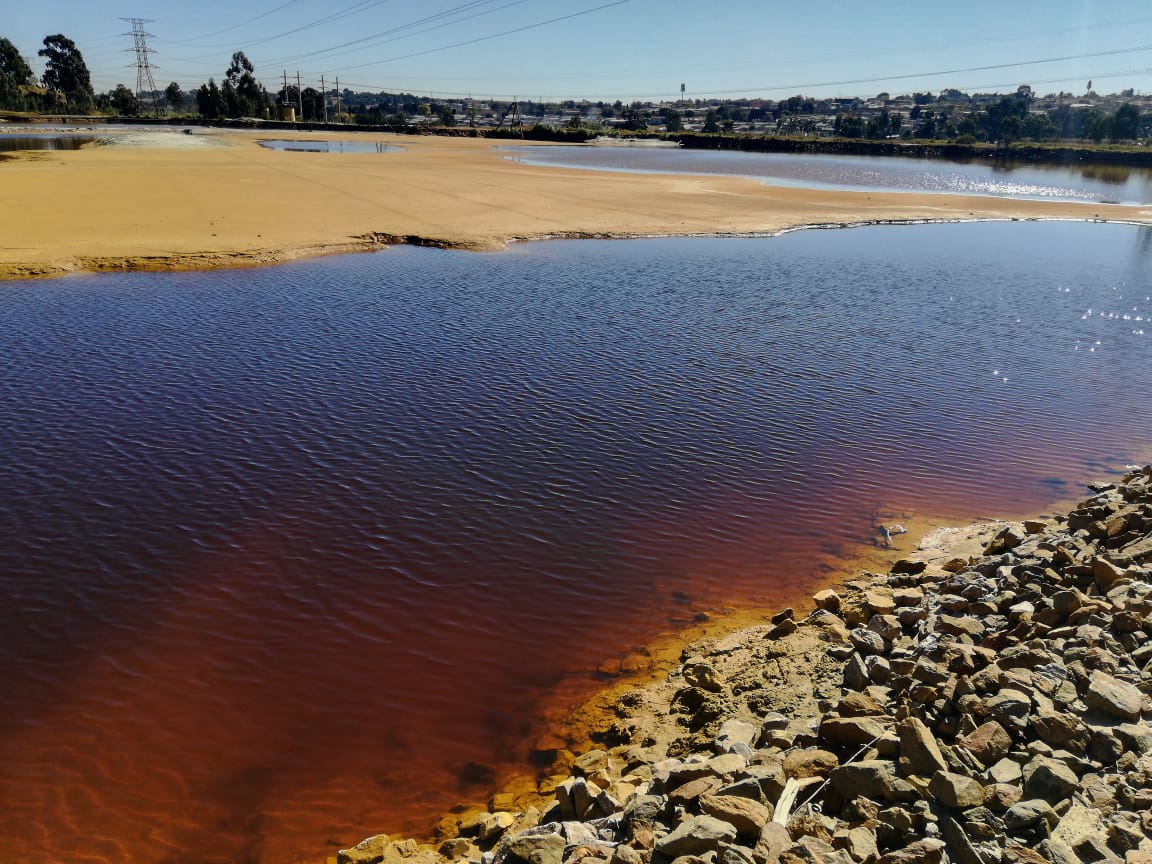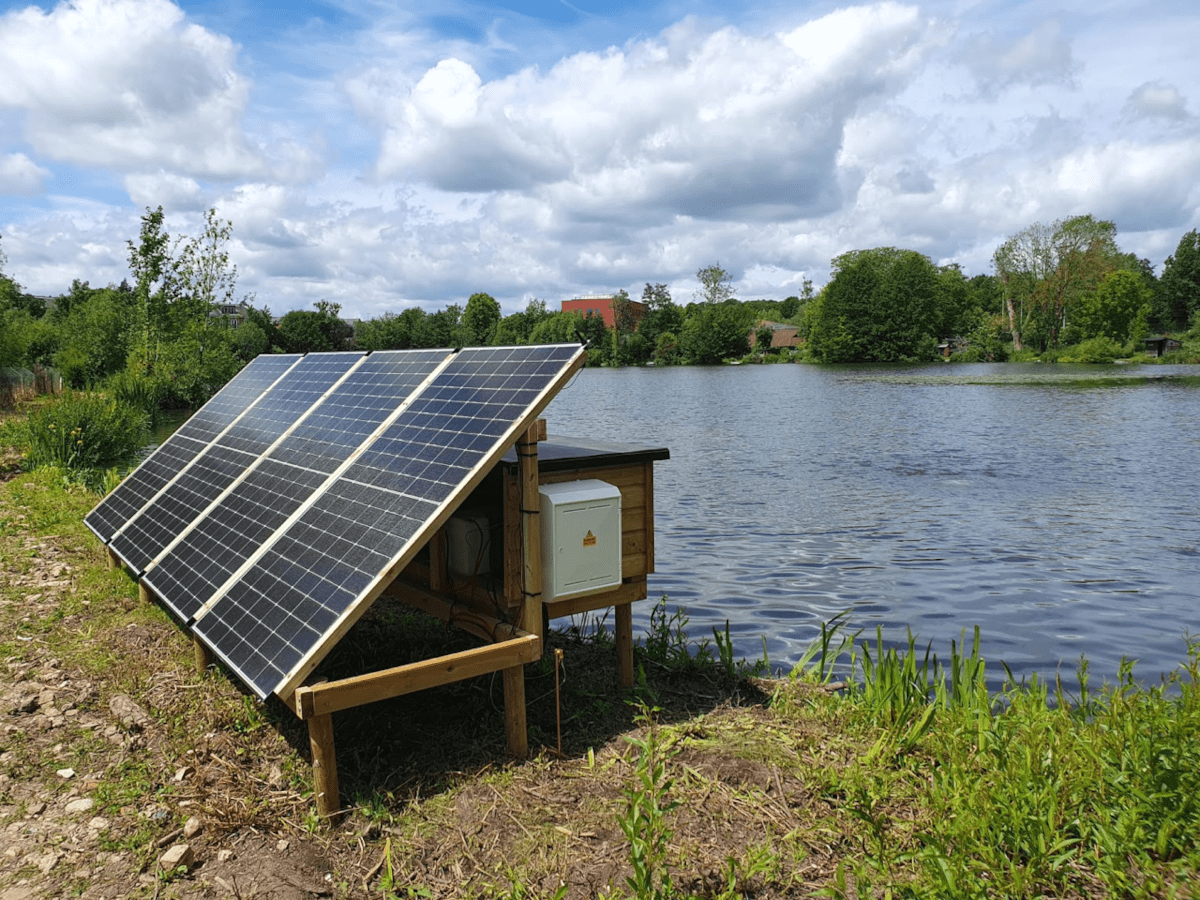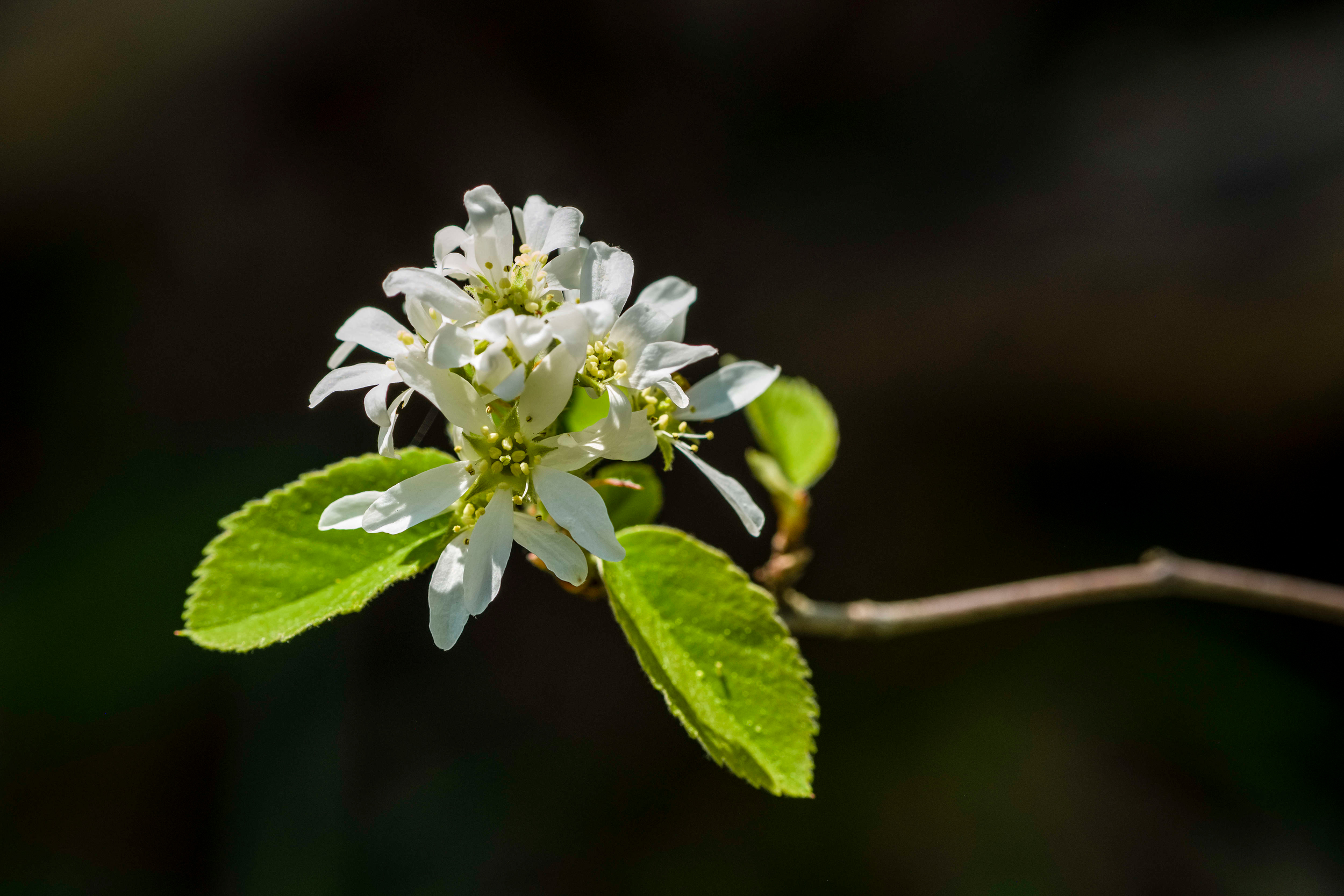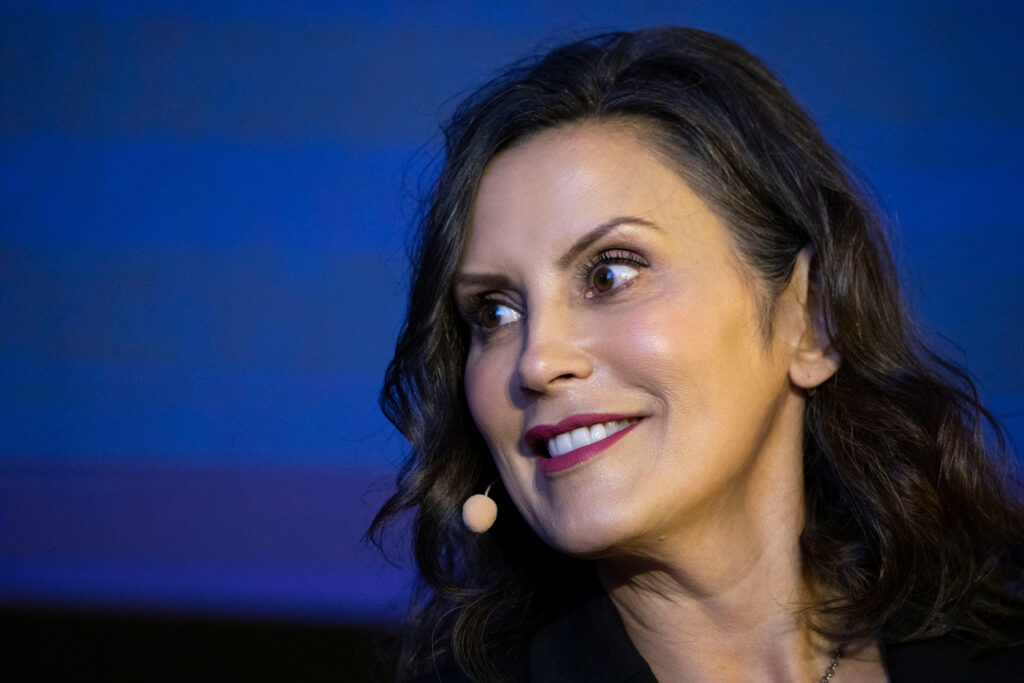New research carried out by the James Hutton Institute in collaboration with the University of Strathclyde, alongside partners in the Government of Malawi, has highlighted major concerns for the quality of water in Malawi, as well as in other countries facing similar changes in population and heavy reliance on pit-latrines.
Pit-latrines are the most common form of sanitation in Malawi but are also a major contributor to the contamination of drinking water.
The research focused on the challenges and solutions surrounding Malawi’s progress towards Goal number 6 of the 17 Sustainable Development Goals adopted by all United Nations member states in 2015. These recognise that all countries – developed and developing – must work in global partnership and that improving health and education, reducing inequality and spurring economic growth go hand-in-hand with tackling climate change and working to preserve our oceans and forests.
Goal number 6 ensures availability and sustainable management of water and sanitation for all, which means there should be access to adequate and equitable sanitation and an end to open defecation by 2030.
The project concluded that, while Malawi has made considerable progress in providing sanitary provision for the population, the country will not reach this goal. Some of the major challenges identified were: short lived improvements in sanitation, substandard sanitation quality, and water quality concerns.
Poor water and sanitation are estimated to account for over 50 per cent of Malawi’s disease burden. Over 60 per cent of Malawi’s population relies on drinking water contaminated with bacteria.
The country is currently undergoing rapid demographic change, with an incredibly high rate of population growth and urbanisation. The population is projected to increase fivefold this century, amplifying the challenges to water quality and sanitation.
The number of water points at risk of contamination from pit-latrines is projected to increase threefold. The study also found that nitrate contamination from pit-latrines in Malawi already matches levels from fertilisers, traditionally considered to be the more significant source of nitrate.
Dr Rebekah Hinton, said, “This research project was the first to explore national data on contamination across the whole country in an effort to identify the key contributors to Malawi’s poor drinking water quality and to provide insights to inform targeted interventions and improve public health outcomes.
“It analysed water quality from over 5,000 boreholes, the main sources of drinking water in Malawi and identified pit-latrines as the likely source of microbial (E. coli) and nutrient (nitrate) contamination.
“This is worrying as pit-latrines are being promoted as the most accessible form of sanitation and are used by over 90 per cent of the population. Whilst they are vitally important for sanitation delivery, they are often of poor construction and are being built too close to water-points which is threatening access to safe drinking water. It is not only a concern for Malawi, but for many other countries where pit-latrines are used as a common type of sanitation. They are used by 2 billion people worldwide.”
Waterborne diseases are a global problem, contributing to more than 1,000 deaths in children under five every day.
Rebekah emphasised that pit latrines have a role to play in eradicating disease as they are a simple, yet effective, way to collect human waste, reducing the need for open defecation. It is the improper management of pit latrines that poses a threat to human health. If they are not properly planned, built or managed they can contribute to groundwater contamination. The solution could actually be contributing to the problem.
Three key aspects of pit latrine construction and use could lower their impact on water supplies:
- Appropriate construction: initiatives should include promoting proper pit latrine lining with the use of low-cost and readily available materials
- Management and monitoring: frequent pit latrine emptying is one method to limit chemical and microbial contaminant leakage into groundwater as well as extend the lifespan of the latrines. The method can mean fewer new facilities need to be built, thereby alleviating some of the spatial challenges surrounding latrine construction particularly in densely populated areas.
- Decommissioning: implementing effective strategies for managing decommissioned pit latrine facilities is vital to address environmental and public health concerns associated with abandoned facilities
It is clear that investment into better sanitation is needed if the goal of safe drinking water is to be achieved, not only in Malawi, but around the world. Immediate and concerted global efforts are required to address and manage the paradoxical nature of pit latrines and to work more effectively towards improving health, sustainable development and climate justice.
This research was funded by the Scottish Government Climate Justice Fund Water Futures Programme. Work was conducted in collaboration with UNICEF Malawi and CARE International.




